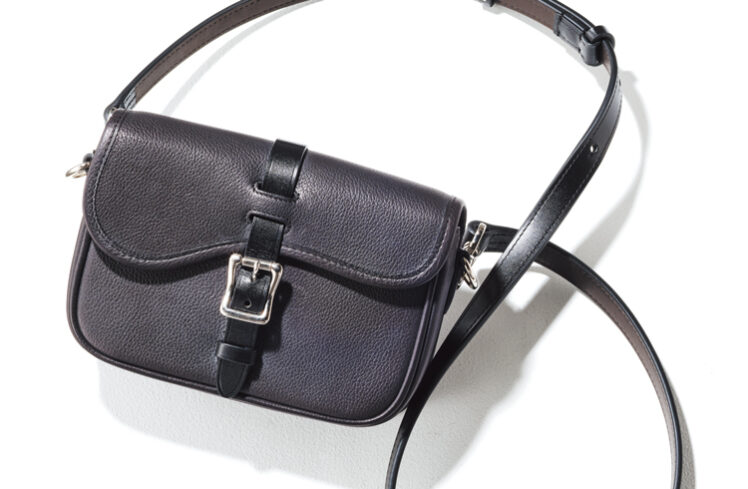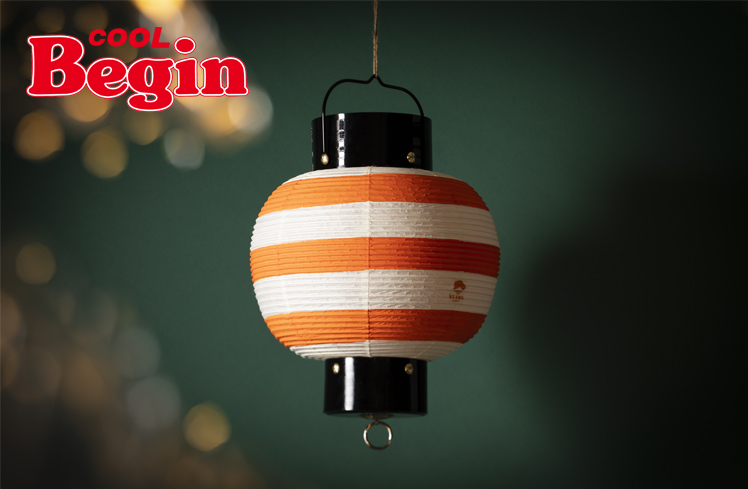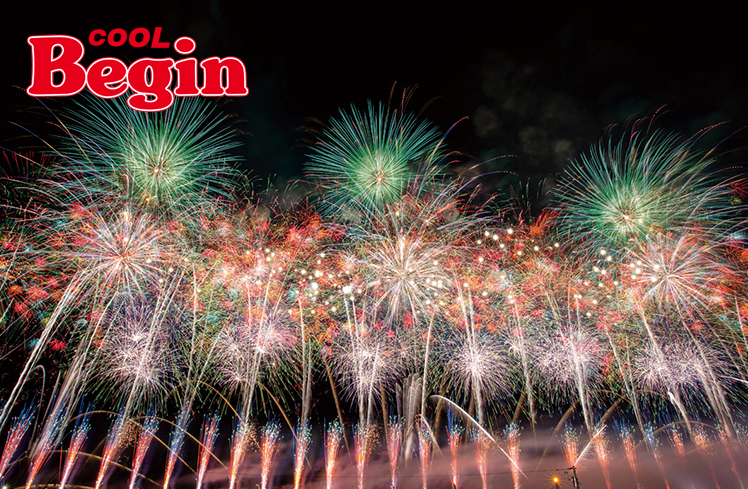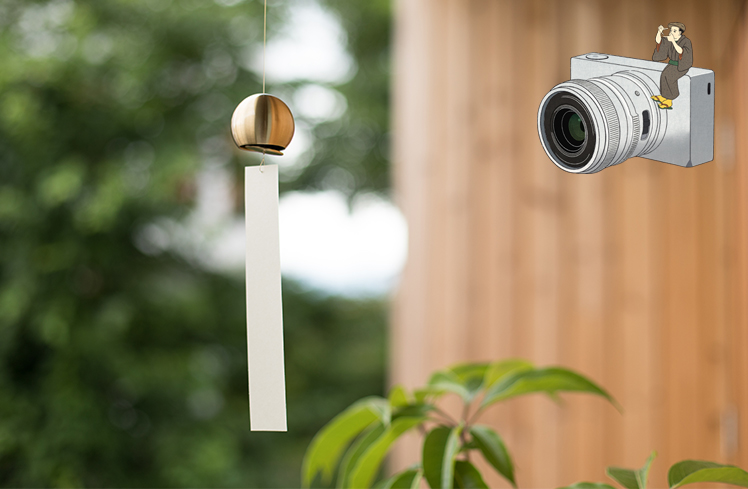COOL Begin Journal
夏の絶景を存分に楽しもう!日本3大花火「大曲花火」を徹底解説<Omagari Fireworks Festival>
伝統や人々の暮らしと結びついた「祭り」は、日本文化に欠かせない存在。古来より続く行事から今注目のフェスまで、ローカルの熱気を体感できるイベント情報をお届けします。
Matsuri (festivals) are intimately bound up with tradition and with the lives of ordinary Japanese people. In this series, we share information on events where you can experience passion at the local level, from religious observances with ancient roots to buzz-generating contemporary street festivals.
Today’s topic:
Omagari Fireworks Festival
職人たちの魂が火を灯す。日本花火の最高峰
The apex of Japanese fireworks, where pyrotechnicians bare their souls
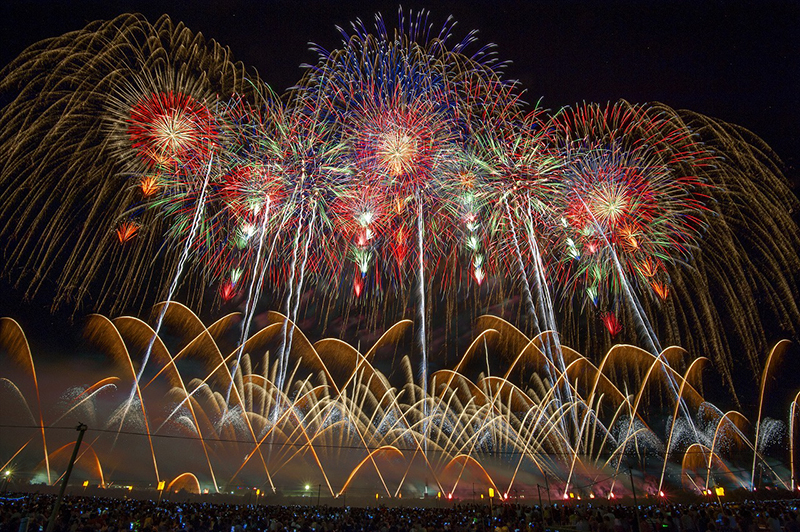
蒸し暑い夏の夜、涼し気な浴衣で夜空を飾る大輪の花を見上げる。夏の風物詩として、多くが7月~8月にかけて開催される日本の花火大会。日本三大花火のひとつに数えられるのが、秋田県大仙市で行われる全国花火競技大会、通称“大曲の花火”だ。競技大会の名の通り、全国の花火職人が情熱とプライドをかけて参加して総合優勝者に贈られる内閣総理大臣賞を目指す、日本屈指の大会である。フィナーレの後には、観客が一斉にライトを振って花火師に感謝の気持ちを伝える「エールの交換」が行われる。職人と観客が心を通わせる、感動の瞬間だ。
Strolling down the street in a cool yukata to watch stunning pyrotechnics bloom in the balmy summer sky is one of the highlights of Japanese summer. Most fireworks displays here are held in July and August, and one of the largest—in fact, one of the “Three Great Fireworks Displays”—is the National Fireworks Competition in Daisen, Akita. Also known as “Omagari Hanabi,” the competition attracts pyrotechnicians from across the country to pit passion and pride against each other in competition for the Prime Minister’s Prize. After the finale, there’s even a special moment set aside for viewers to wave their lights and shout thanks and encouragement to the pyrotechnicians—a moving connection between these artisans and their audience.
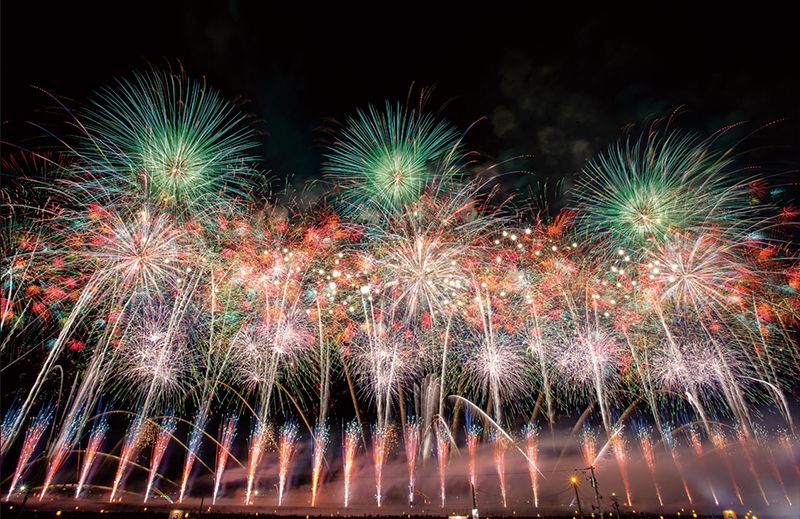
写真は、大会終盤を飾る名物「大会提供花火」。およそ6分間、視界に収まりきらないほどの花火が夜空を埋め尽くし、まさに圧巻の一言。一生に一度は見ておきたい絶景だ。
The competition’s grand finale is a special show that fills the night sky for around six minutes. Definitely bucket list–worthy!
The only fireworks competition that starts before nightfall
江戸時代、神社の祭りでは、五穀豊穣や商売繁盛、家内安全を願って花火が奉納されていた。大曲の花火が史実に登場するのもこの頃だ。現在の「全国花火競技大会」は、1910年に諏訪神社の祭典で開かれた「第1回奥羽六県煙火共進会」が始まりとされる。競技は4部門で構成され、なかでも「昼花火の部」は全国で唯一、大曲でしか見ることのできない貴重な競技として知られている。
In the Edo period, fireworks were presented as offerings at shrine festivals accompanying prayers for bountiful harvests, commercial success, and safe and healthy homes. Omagari Hanabi first appears in the historical record during this period, but the current tradition of the National Fireworks Competition is usually traced back to the First Ou Six-Prefecture Mutual Fireworks Display, which was held at a festival at Suwa Shrine in 1910. The competition has four categories, and the “Daytime Fireworks” category in particular is unique in all Japan.
Cored Fireworks

いかに真円であるか、打ち上げられた最高点で開いているか、一斉に消えているかを競う「芯入割物の部」
All about round shells with special pyrotechnic cores. Entries are judged on their roundness, how close to the apex of their parabola they explode, and whether the entire display vanishes at the same time.
Freestyle Fireworks
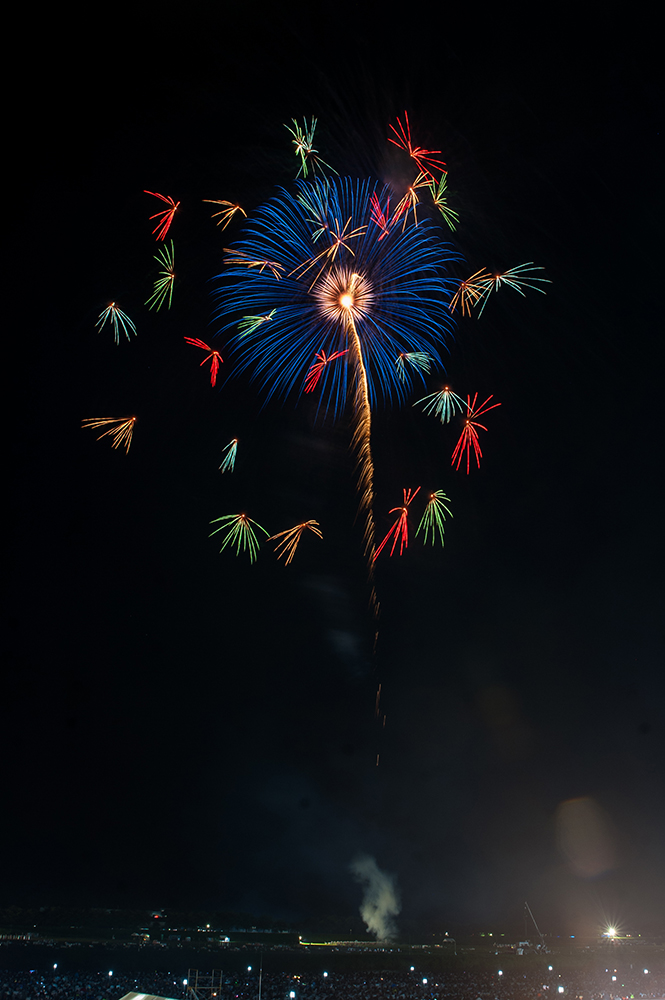
芯入割物の部と重複しない、かつ創造性とまとまりが評価される「自由玉の部」
Judges consider inventiveness and coherence, but entries must not overlap with the “Cored Fireworks” category.
Daytime Fireworks

火薬の煙で龍や菊を表現する「昼花火の部」
Gunpowder smoke is used to make dragons, chrysanthemums, and more.
Creative Fireworks
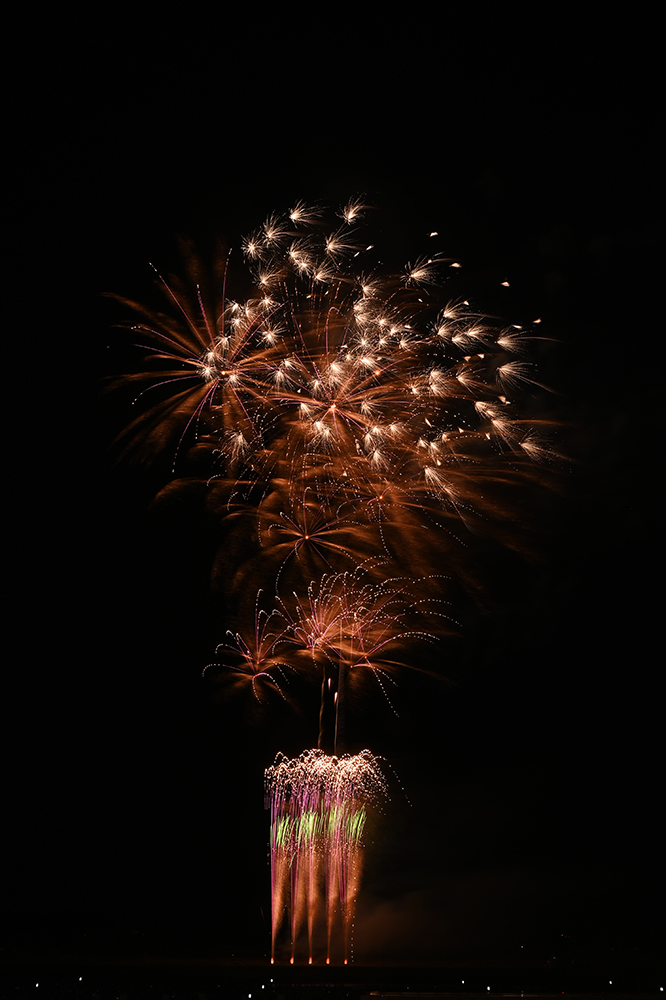
2分30秒以内で色彩・リズム・立体感・構成など複合的な観点から判断される「創造花火の部」
Each contestant has 2 minutes and 30 seconds to put on a show which is then judged on color, rhythm, sense of three-dimensionality, composition, and more.
Omagari Hanabi Park, Omono Riverbank, Omagari, Daisen City, Akita Prefecture
Date: August 30, 2025 (Held annually on the last Saturday of August)
Time:
Daytime Fireworks: 5:10PM – 6:00PM
Night Fireworks: 6:50PM – 9:30PM
https://www.oomagari-hanabi.com/







